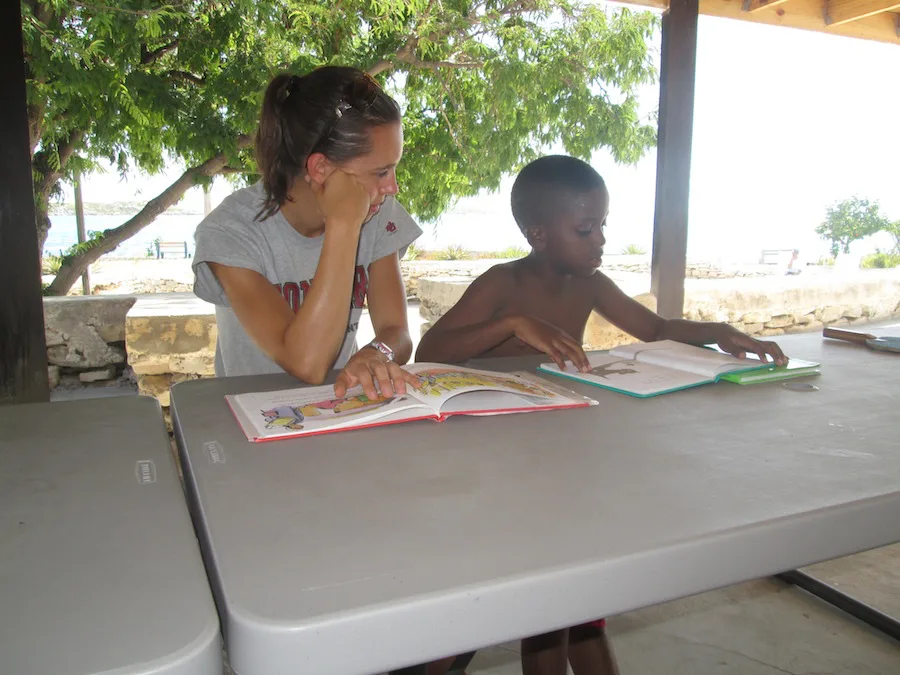Climate Change and TCI
We are well into our semester with mid-term exams just around the corner. It’s been a busy month with classes and field exercises—species identifications, invasive species surveys, assessing the value of ecosystems and a visual conch assessment (data will contribute to the national stock assessment).
In addition, we are working on several projects related to climate change in the Turks and Caicos Islands (TCI). This semester we welcome five new interns, all alumni of the SFS TCI program. They are quickly learning methodology for beach profiling as part of a Munson Foundation grant to monitor climate change as it relates to turtle nesting sites around the islands.

The Turks and Caicos Islands are an archipelago of about forty limestone islands. Most of the land habitat is scrub land, thick with dense vegetation. The mangrove forests and seagrass ecosystems that line the South Caicos coast are among the most biologically productive coastal systems. Scattered between these ecosystems and limestone cliffs are white sand, isolated beaches, which have proved to be ideal for sea turtle nesting.
The SFS Center for Marine Resource Studies believes in the importance of studying the impacts of climate change on local ecosystems and has included this research in both our Center’s program and research components. Likely impacts of climate change to marine and coastal ecosystems include temperature change on organism metabolism and water chemistry, including carbonate cycle, precipitation change on water balance, and wind and water circulation pattern changes. Studies have shown that climate change can have real and direct impacts on populations of marine turtles, first by impacting the profile of some of the most important nesting beaches, but also by directly influencing the sex ratio of the hatchlings.

Our plan for long-term data collection is thus crucially important and beneficial to stakeholders and policy makers as they undertake marine turtle management and conservation. As part of monitoring climate change in our area and with the help of our students, we are also collecting data on reef health using benthic assessments, fish surveys, and underwater photography and videography.
On Saturdays the Center is bursting at the seams! Community members join us for swim lessons, active and quiet games, and crafts with a “Featured Creature”—this week it’s the lionfish (see photo). Older community members help staff and students collect water quality data, do beach clean-ups and remove “ghost traps” (abandoned fishing gear). This semester we will also be completing our work on two marine snorkel trails.

Related Posts

Bhutan Honored with the Murie Spirit of Conservation Award

